VILLAGE TABAÇU

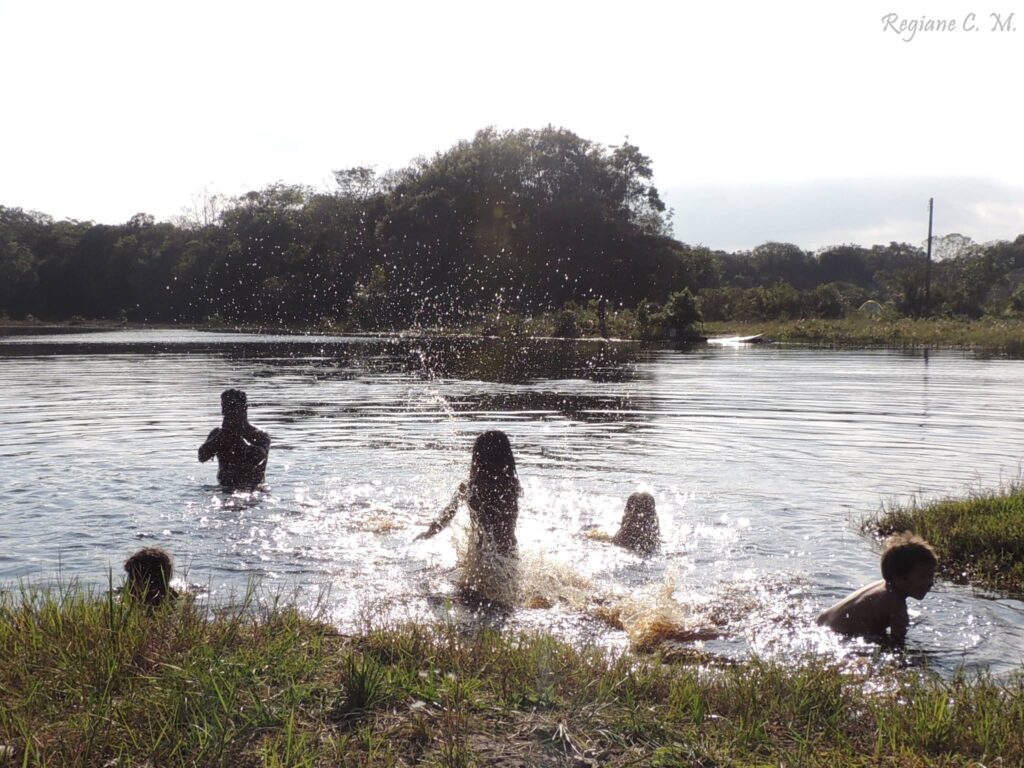
The village is located on the south coast of São Paulo, nearly the Atlantic Ocean, the last Tupi Guarani Indigenous Land, the Piaçaguera Indigenous Land.
The extinction of the large village took place in 1802 with the argument of freeing the Indians from the command and forced labour to which they had been subjected by the Jesuits since the 16th century.
It was then proclaimed, at the time of the extinction of the village, that the Indians, once “free”, could mix with the regional population, and thus “civilize”.
However, as it became evident in the following years, it was up to the indigenous population, once banished, dispersed and repelled from the domains taken by private individuals, the forced labour on the farms and private properties that expanded over the lands of the old village.
In 1927, a State Decree created the Peruíbe Indigenous Reserve, also known as Aldeia do Bananal, comprising an area of 480 hectares, located along the slopes of the mountains, already far from the sea, to gather the Indians who remained dispersed in the region.
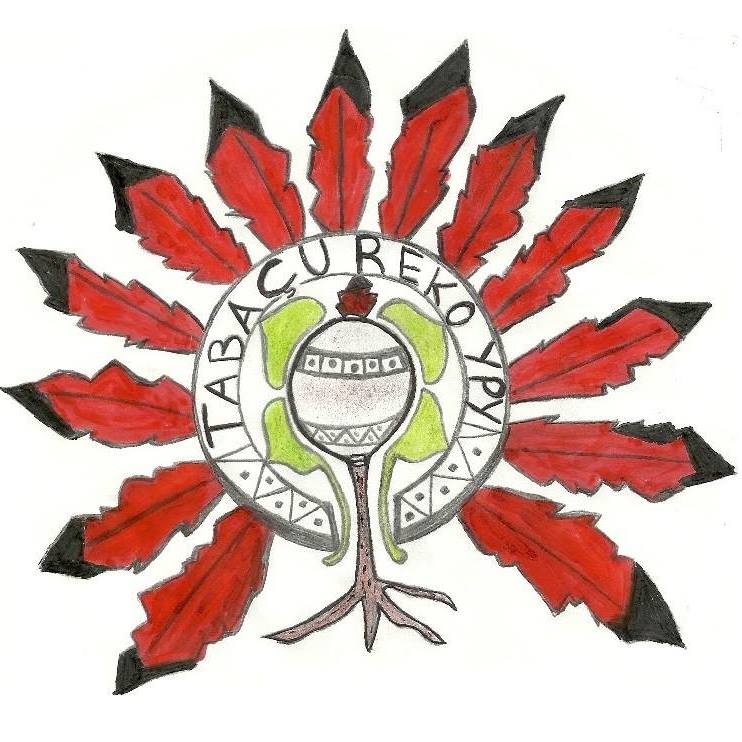
This initiative, which, in turn, sought to restrict the presence of the Indians in a small area, proved to be clearly insufficient to shelter the entire indigenous population dispersed throughout the region since the ill-fated operation of 1802, aimed at their assimilation into regional society.
Of the several villages formed by the Tupi-Guaranis in the coastal region, Piaçagüera is the last remaining one by the sea, where, and not by chance, the native vegetation of restinga remains, extending to the sand of the beach.
In 2002, FUNAI (Indian national foundation) delimited the Piaçaguera Indigenous Land with an area of 2,795 hectares on the border between the Municipality of Peruíbe and the Municipality of Itanhaém.
However, during the administrative procedures for the demarcation of this small area remaining in the possession of the Indians, when it was already about to receive the definitive sanction from the Ministry of Justice, political interference delayed its regularization.
This way, thanks to the Indians, this same area, which is still covered by the native sandbank, stands out in the entire coastal strip.
Bibliography
YPY, A. T. R.; COMPLETO, V. M. P. Viva Okatur – Nhandereko. Available in: <http://vivaokatur.blogspot.com/p/inicio.htmll>. Access in: 17th April. 2022.
QUILOMBO IVAPORUNDUVA

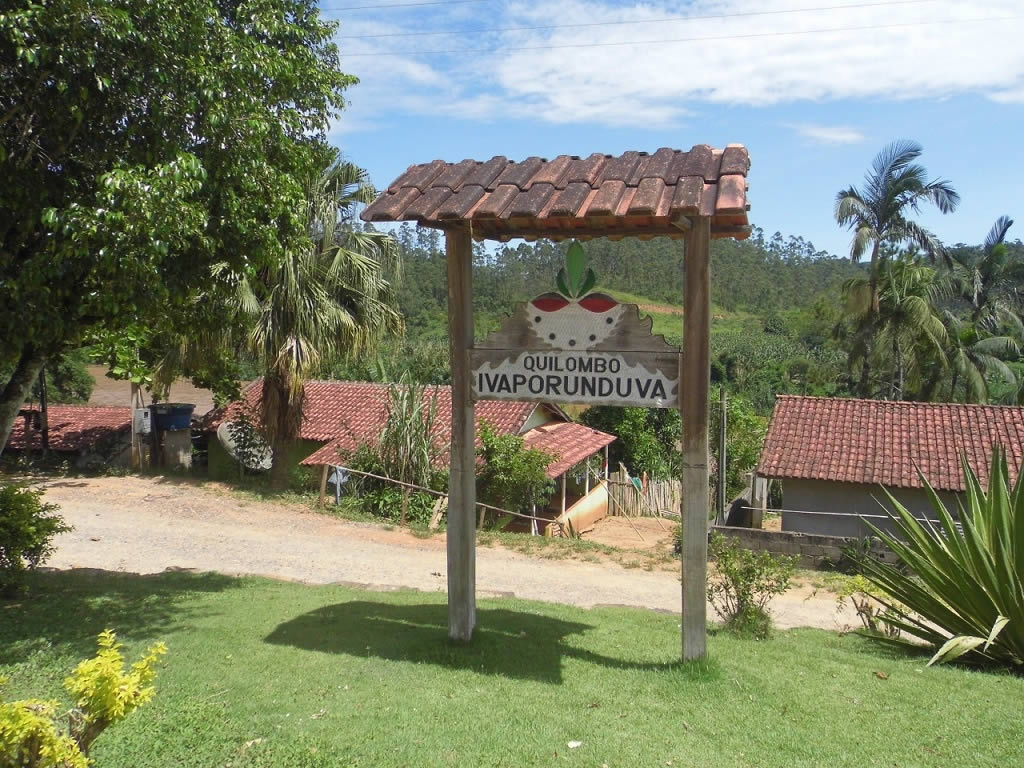
Some records cite the origin of Ivaporunduva in the 16th century. One of them tells of a former land and slave owner, Maria Joana, who would have fallen ill and died while undergoing treatment abroad. Being a widow and having no relatives, the lands were for the slaves. This fact would have also stimulated the arrival of escaped slaves, who resisted the capture of the captains of the forest around 1690, forming the Quilombo de Ivaporunduva.
According to the tomb book of the parish of Xiririca, the former name of the city of Eldorado, from 1813, Ivaporunduva is the oldest of the communities in the Ribeira valley. It appears as a village in the 17th century, even before Xiririca, because of the gold mining, found in large quantities in this area by two mining brothers, Domingos Rodrigues Cunha and Antonio Rodrigues Cunha with a group of 10 slaves.
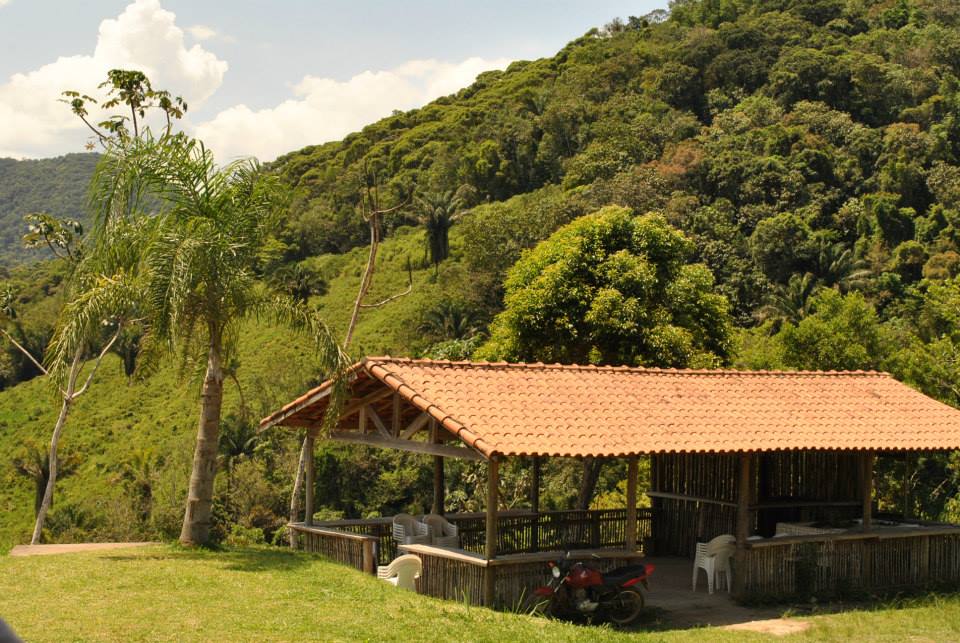
With the gold exploration crisis in the region, the explorers headed for Minas Gerais and abandoned this area. The former slaves, who remained, basically lived off the rice, beans, corn, manioc, sweet potatoes, sugarcane, coffee, pumpkin, bananas, yams, taiá (also known as taioba, similar to yam), among others.
They built their houses with the wattle and daub technique, using clay, wood, vines, and grass from the place itself. To hunt, they used the snare, mondéu (a kind of trap set on the animal's trail), bodoque, arapuca and despique (traps for capturing birds made of wood or bamboo). The clothing was simple, composed mainly of a kind of nightshirt, used in everyday life.
More elaborate clothes were only used to go to the city and for masses. They exchanged part of their production for fabrics, kerosene, salt and other products used in everyday life, through an intermediary, who was also a coffee farmer.
The first family stocks were those of Francisco Marinho and Salvador Pupo. They were organized in joint efforts to clear the fields, build houses, make and maintain paths. They held parties like the Divino, Our Lady of the Rosary of the Black Men, June celebration, San Sebastião.
The struggle for land and against the dams planned for the Ribeira River made the community grow and formalize its organization. In 1994 the Quilombo from Ivaporunduva Association was founded.
Bibliography
Ivaporunduva – Historic. Available in: <https://www.quilombosdoribeira.org.br/ivaporunduva/historicol>. Access in: 17th April. 2022.
OCCUPATION 9 DE JULHO

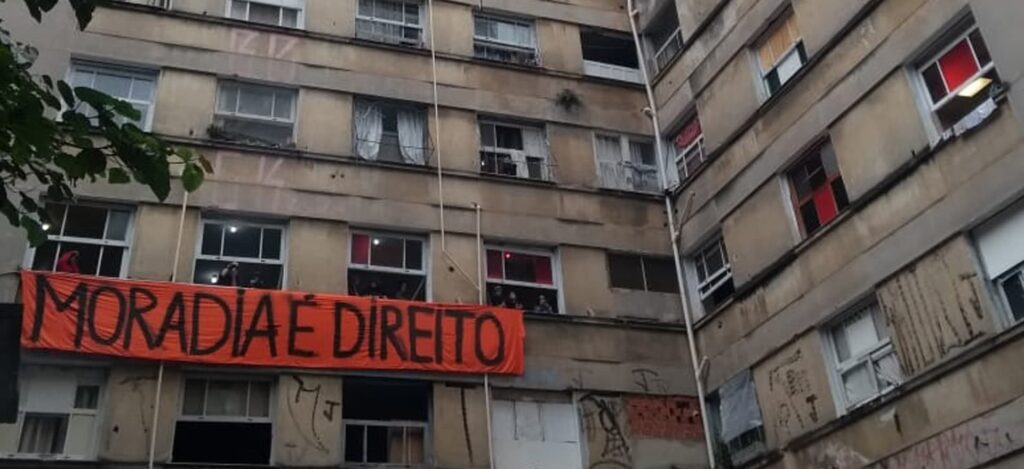
Occupied by the Downtown Homeless Movement (MSTC) since 2016, the former INSS (National Institute of Social Security) building, on Avenue 9 de Julho, is home to 122 families and a bustling cultural center of the city..
Located in downtown São Paulo, in Bela Vista, the Occupation 9 de Julho building is a landmark in the struggle for social housing in the Center and an important cultural point in the city. The MSTC undertook efforts to enhance the value of the building, adapting the spaces to the needs of the residents, complying with current regulations and also for training courses in trades, promoting autonomy through creative economy, entrepreneurship, and income generation.
The MSTC forms partnerships with institutions and artistic collectives, offering cultural, sports and educational activities, as well as access to healthcare, in special partnerships with the UBS (Basic Health Units) in the region and private institutions, for children and adults living in the Occupation.
Bibliography
Occupation 9 de julho. Available in: <https://www.movimentosemtetodocentro.com.br/ocupacao-nove-de-julhol>. Access in: 17th April. 2022.